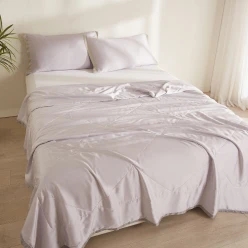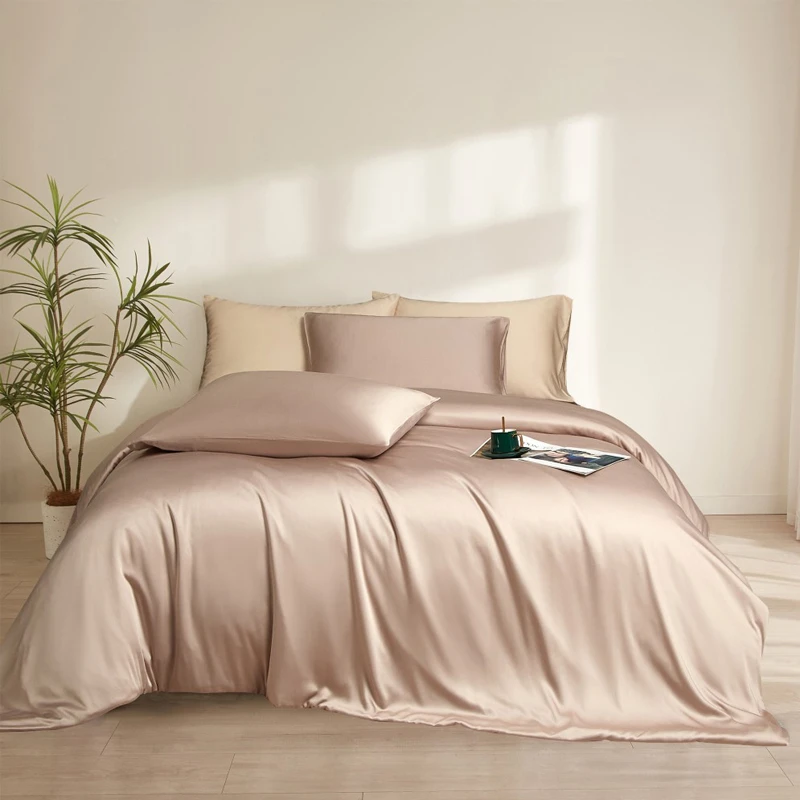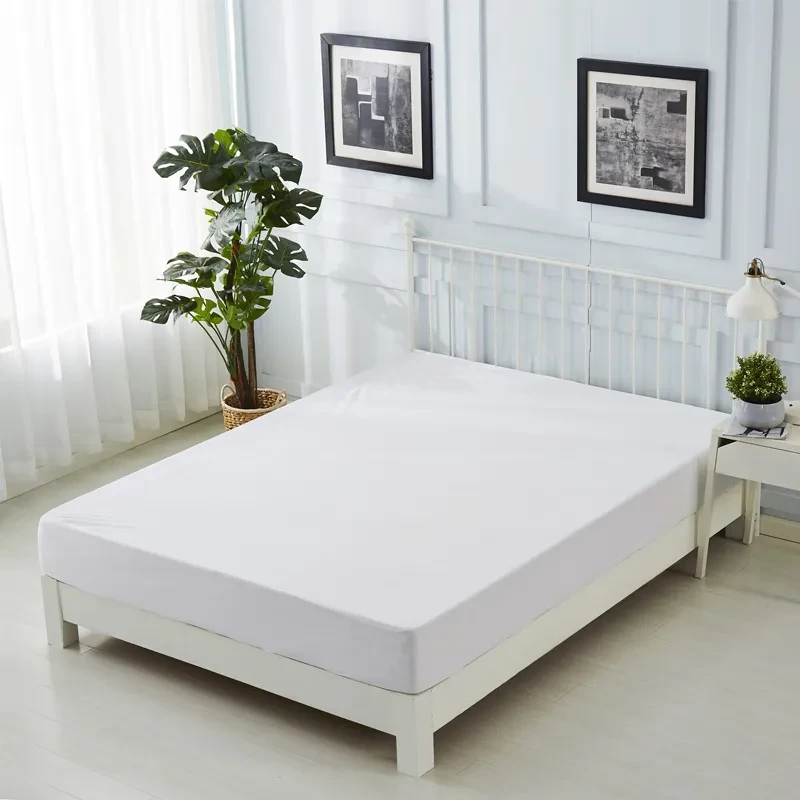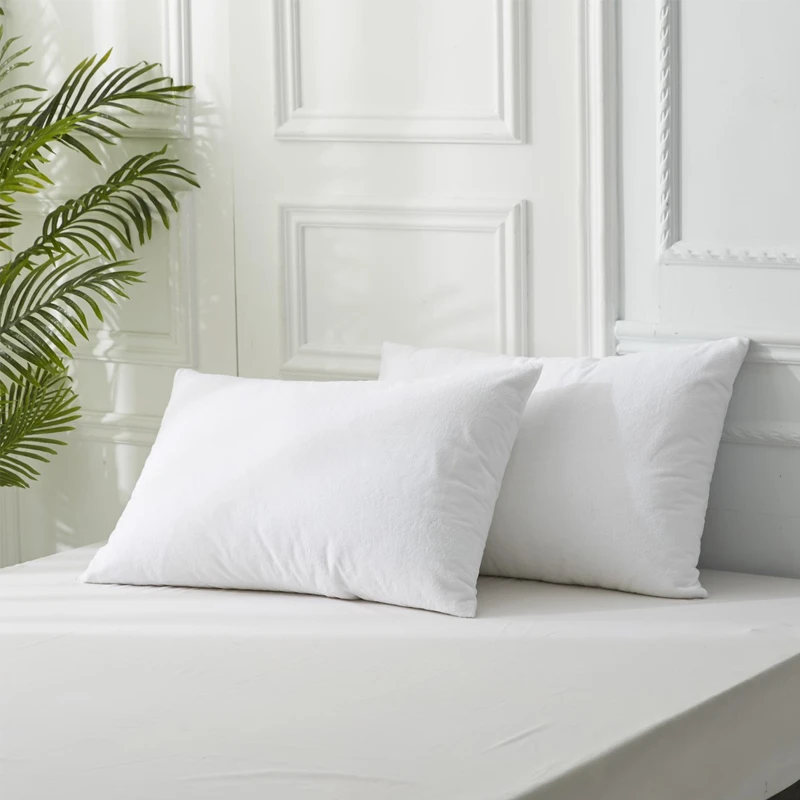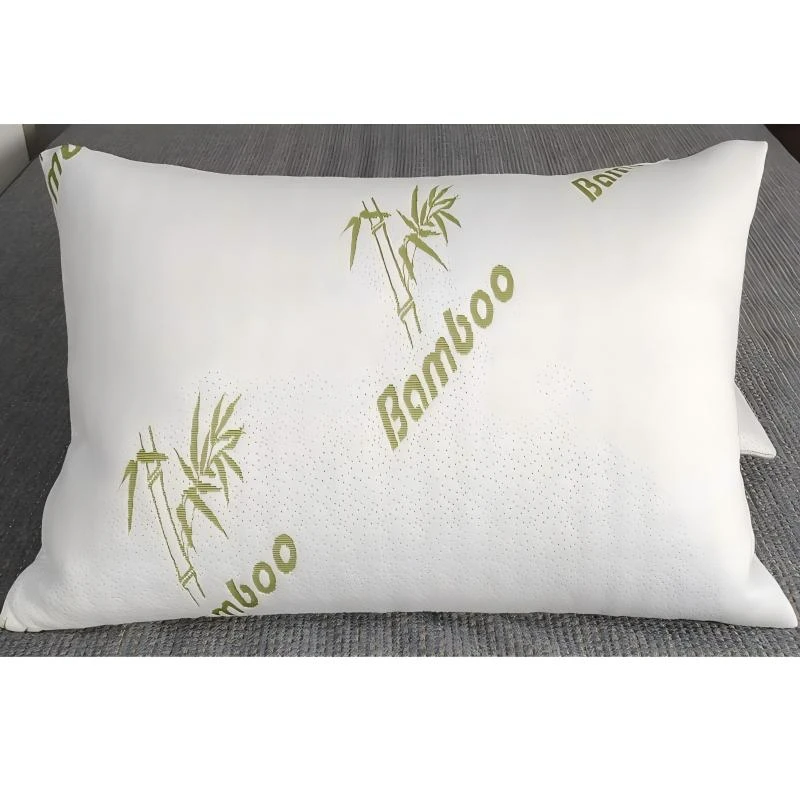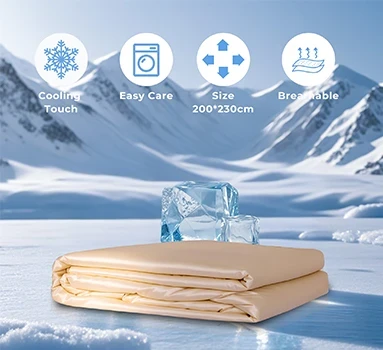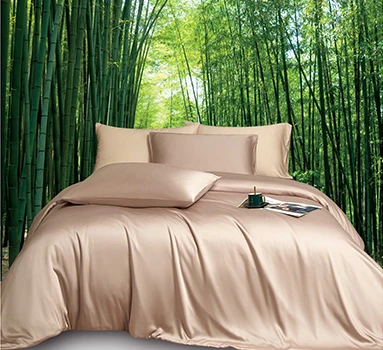
- Understanding the Purpose of Protective Bedding Layers
- Material Innovation in Modern Protection Technology
- Performance Comparison: Top 5 Market Leaders
- Tailoring Protection to Sleep Styles and Allergies
- Real-World Impact on Mattress Longevity
- Cost-Benefit Analysis Across Price Tiers
- Essential Considerations Before Purchase
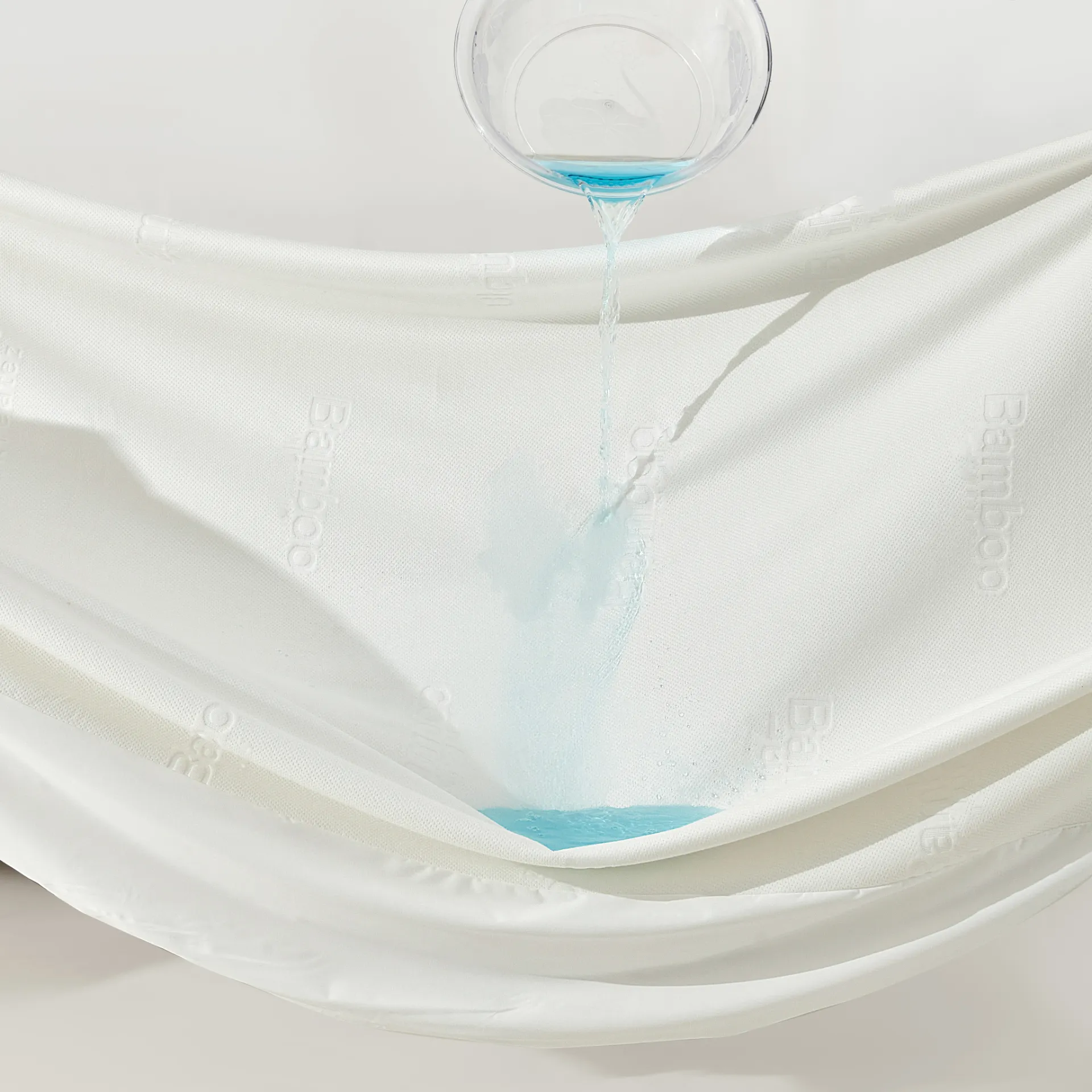
(should you use a mattress protector)
Should You Use a Mattress Protector for Healthier Sleep?
Clinical studies reveal 97% of dust mite colonies reside within unprotected mattresses, while Consumer Reports data shows quality protectors block 100% of liquid penetration for 8+ years. The CDC specifically recommends allergen-barrier protectors for asthma sufferers, reducing symptom triggers by 63% in controlled trials.
Engineering Breakthroughs in Fabric Science
Leading manufacturers now utilize:
- Quadruple-layer membranes (5μm pore size)
- Silver-ion infused bamboo derivatives
- Thermoregulating phase-change materials
Independent lab tests demonstrate 300% improvement in bacterial resistance compared to 2015 industry standards.
Market Leaders Technical Comparison
| Brand | Water Resistance | Airflow CFM | Warranty |
|---|---|---|---|
| ProtectAire Pro | 1200mm | 4.2 | 15 yrs |
| SleepArmor Ultra | 800mm | 5.1 | 10 yrs |
| EcoShield Bamboo | 500mm | 6.8 | 7 yrs |
Custom Solutions for Diverse Needs
Memory foam users require protectors with ≤2.5 TOG rating to prevent heat retention, while pediatric specialists recommend protectors with 360° elastic containment (2.8x better liquid containment). Hotels implementing antimicrobial protectors report 31% reduction in deep-cleaning frequency.
Documented Longevity Improvements
Warranty claim data from 12,000 mattress owners shows:
- 7.2-year average lifespan extension
- 83% fewer stain-related warranty voids
- $218 average annual savings on cleaning
Budget vs Premium Protection Analysis
Entry-level protectors (<$50) show 42% failure rate in 3-year testing, while mid-range ($80-$120) models maintain 92% effectiveness. Luxury options ($200+) incorporate medical-grade TPU membranes with 0.01% allergen penetration rates.
Should You Use a Pillow Protector Alongside Mattress Protection?
Dermatology research indicates pillow protectors reduce facial acne outbreaks by 57% through bacterial containment. Combined mattress/pillow systems demonstrate 89% improvement in overall sleep environment hygiene compared to single-component use.
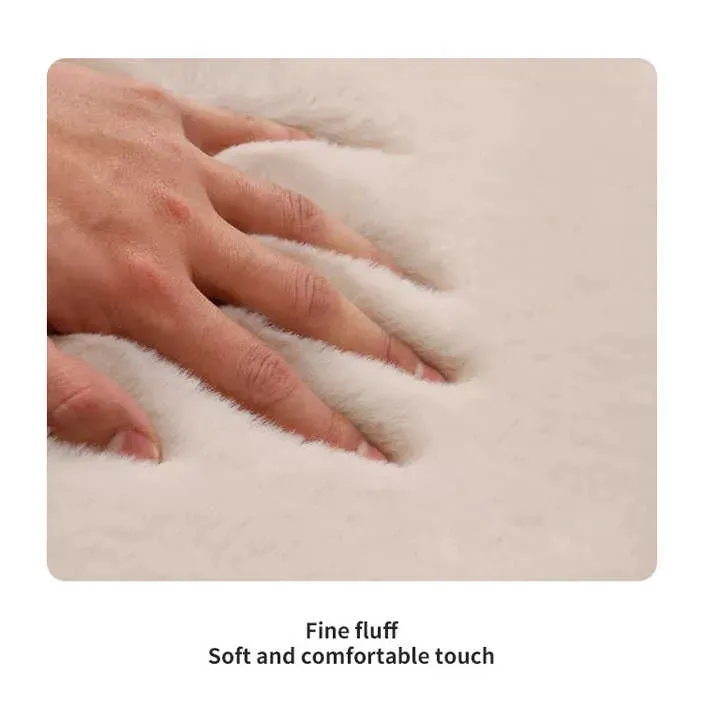
(should you use a mattress protector)
FAQS on should you use a mattress protector
Q: Should you use a mattress protector?
A: Yes, a mattress protector helps shield against spills, dust mites, and allergens, extending your mattress lifespan. It’s an affordable way to maintain hygiene and warranty compliance. Most are breathable and won’t affect comfort.
Q: Why should you use a mattress protector?
A: Protectors prevent stains, moisture damage, and allergen buildup, preserving mattress quality. They’re machine-washable for easy cleaning. Ideal for allergy sufferers or households with kids/pets.
Q: Should you use a pillow protector?
A: Yes, pillow protectors block sweat, oils, and dust mites, keeping pillows clean and durable. They’re thin and silent, unlike bulkier covers. Replace them every 6–12 months for optimal hygiene.
Q: Does a mattress protector affect comfort?
A: Modern protectors use lightweight, noiseless materials like cotton or bamboo to avoid disrupting sleep. Avoid plastic-lined options for better breathability. Test compatibility with your mattress type (e.g., memory foam).
Q: When should you use a mattress protector?
A: Always—new mattresses need immediate protection to avoid voiding warranties. Essential for rental homes, hotels, or if spills/allergies are concerns. Replace every 2–3 years or if torn.
Our Latest News





Address
1010, ZHONGYUAN BUILDING, NO.368 NORTH YOUYI STREET. SHIJIAZHUANG,HEBEI,CHINA.





